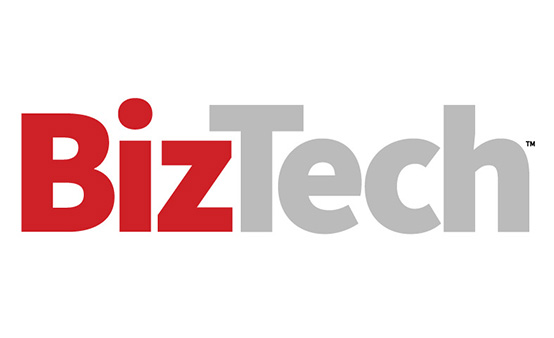What Is Identity Governance and Administration’s Role?
IT departments use identity and access management, and in some cases cloud identity entitlement management (CIEM), to administer and monitor user identities. This allows IT staff to assess activities internally and in the cloud.
Identity governance and administration takes this one step further. Like IAM security, IGA can track user access and activities on-premises and in the cloud. However, IGA can go further, because IAM functions can be linked to IGA software to create a complete, seamless solution that can manage all user identities across the cloud and on-premises. While this is similar to IAM, IGA additionally addresses audit needs and automates compliance requirements in a uniform way across all assets, which IAM can’t do.
DIVE DEEPER: Compare identity management solutions for your business.
The ability to integrate identity policies, identity operations, and audit and compliance requirements in a single piece of software — with IAM and possibly CIEM fitting neatly underneath the IGA umbrella — provides greater security and gives IT administrators stronger control over user identity access and actions in both cloud and on-premises environments.
This is especially valuable for SMBs that are bound by strict compliance requirements.
Why Is IGA a Good Fit for SMBs and Startups?
Managing access for users can be daunting, especially if those users serve in multiple roles, which is not unusual for small businesses that are growing quickly. When resources are limited, many startups ask employees to wear multiple hats.
Layered over this is the decentralized nature of many SMBs, which often have multiple small offices scattered in different time zones, on different networks and sometimes even in different countries when contracting out work.
IGA makes it easier to address these complexities with less effort. While some solutions cater to large enterprises, many are designed to circumvent high implementation and maintenance costs.
RELATED: Small businesses must train artificial intelligence models with security in mind.
What Is the First Step to Implementing IGA?
The first step in a total IGA strategy has nothing to do with software. It actually starts with IT and business leaders determining what the rules of identity governance and behavior should be.
The benefit of having a smaller organization is that there are not quite as many stakeholders as in an enterprise. The challenge, of course, is that people, time and resources are limited. IT may have to assume the role of facilitator and earn buy-in.
Nevertheless, this is a worthwhile exercise, as it can help establish a platform for secure growth in the future. And again, for SMBs in regulatory-heavy industries — especially finance, healthcare and government contractors — IGA should be a top priority.
What Is the IT Team’s Role in Creating a Roadmap to IGA?
Small business leaders often understand this risk, but it’s up to IT teams to explain what IGA is, how it can achieve optimal security and what’s required to implement it. CIOs should also develop IGA roadmaps that can rightsize their IGA efforts to the budgets and resources available.
To do this, CIOs should first procure support from key stakeholders by meeting with them individually to explain the need for IGA as an overarching security technology and policy platform for digital security.
In these discussions, CIOs can present the long-term benefits of an IGA program that can streamline user identity verification across services while easing audits and automating compliance. At the same time, IT leaders should be honest about the likelihood of pushback, because not all users will be able to access IT resources as readily as they could in the past.
A strategic roadmap for IGA should involve minimally disruptive business and user adoption and quick technology implementation. One way to do this is to create a phased implementation approach that tackles the most mission-critical and sensitive systems first before extending to other areas of IT.
As part of the plan, the business should create a cross-departmental governance committee for security, compliance and governance. The committee doesn’t have to be large, but it should include executive management, the IT and legal stakeholders, auditors, and key stakeholders from operational departments.
Click the banner below to keep reading stories from our new publication BizTech: Small Business.













